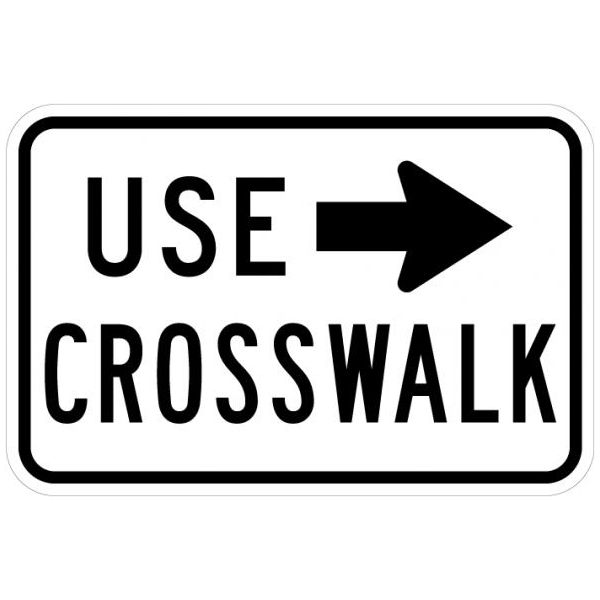Pedestrian Safety Awareness: Current Trends and Reflective Solutions

Pedestrian safety continues to be a critical issue as our urban environments become more congested. In 2024, pedestrian fatalities have unfortunately risen to approximately 8,100—a troubling increase from previous years. This sharp rise in pedestrian deaths highlights the urgent need for effective safety measures. Whether it’s crosswalk or school signs, this topic is very important.
Here are some different types of pedestrian safety options.
Reflective Solutions for Pedestrian Safety
Effective signage is pivotal in improving pedestrian safety. Here’s how various reflective solutions contribute to creating safer environments for pedestrians:
Fluorescent Crosswalk Signs
Function and Importance:
Crosswalk signs are crucial for informing drivers of pedestrian crossings, particularly in high-traffic areas and near schools. These signs play a vital role in alerting motorists to the presence of pedestrians and ensuring safe crossings.
Design and Visibility:
To maximize visibility, crosswalk signs use fluorescent yellow or fluorescent yellow-green sheeting. This bright, highly visible material enhances the sign’s effectiveness during low-light conditions such as dawn and dusk. The fluorescent sheeting ensures that these signs remain noticeable throughout the day and in various weather conditions..
Placement:
Crosswalk signs are strategically positioned at intersections, mid-block crossings, and near school zones. Proper placement is essential to catch the attention of drivers and provide clear guidance to pedestrians.
In-Street Crosswalk Signs
Function and Importance:
In-street crosswalk signs are installed directly in the roadway to increase visibility and alert drivers to pedestrian crossings. These signs are gaining popularity due to their effectiveness in areas where traditional signs might not be as noticeable.
Design and Visibility:
These signs are typically made with durable and flexible materials, allowing them to withstand impacts while maintaining their functionality. They often feature fluorescent yellow-green sheeting to enhance daytime visibility. By bringing pedestrian awareness to the roadway level, these signs improve safety for pedestrians.
Placement:
In-street crosswalk signs are used in locations with high pedestrian traffic or where traditional signage may be insufficient. Their placement is crucial for ensuring that drivers are aware of pedestrian crossings and comply with safety measures.
ADA-Compliant Pedestrian Barricades
Function and Importance:
ADA-compliant pedestrian barricades are essential for ensuring accessible pathways, especially in construction zones and temporary blockages. These barricades are designed to provide a safe, navigable route for pedestrians, including those with disabilities.
Design and Visibility:
These barricades feature reflective sheeting on the traffic-facing side to enhance visibility. This reflective material helps guide pedestrians safely through temporary pathways and ensures compliance with the Americans with Disabilities Act (ADA) standards.
Placement:
ADA-compliant barricades are used at construction sites, road work zones, and other areas where pedestrian access might be restricted. Proper placement ensures that pedestrians can navigate around obstructions safely and maintain continuous access..
Additional Resources
For more information on pedestrian safety and guidelines for effective signage, you can explore the following resources:
By following safety rules and staying updated on guidelines, we can make roads safer for pedestrians. This will also help promote a culture of road safety for everyone.